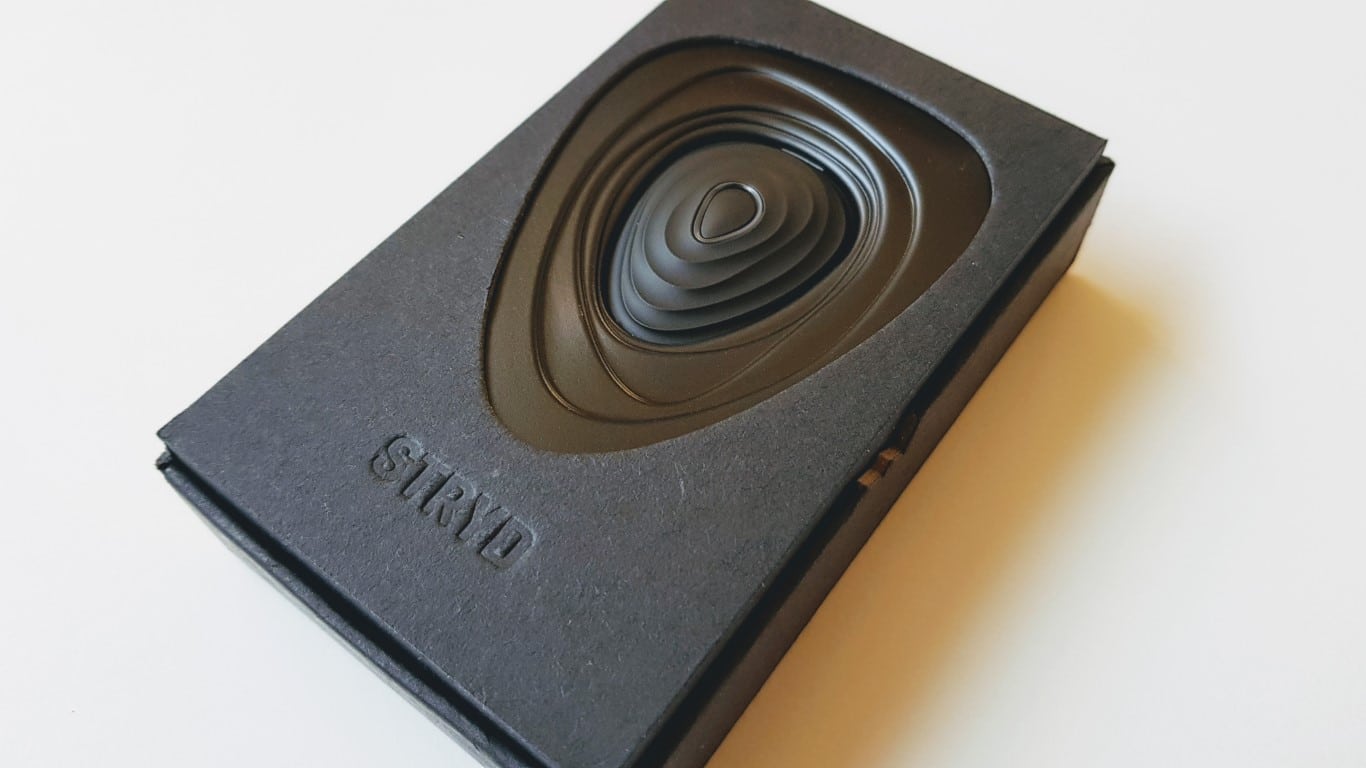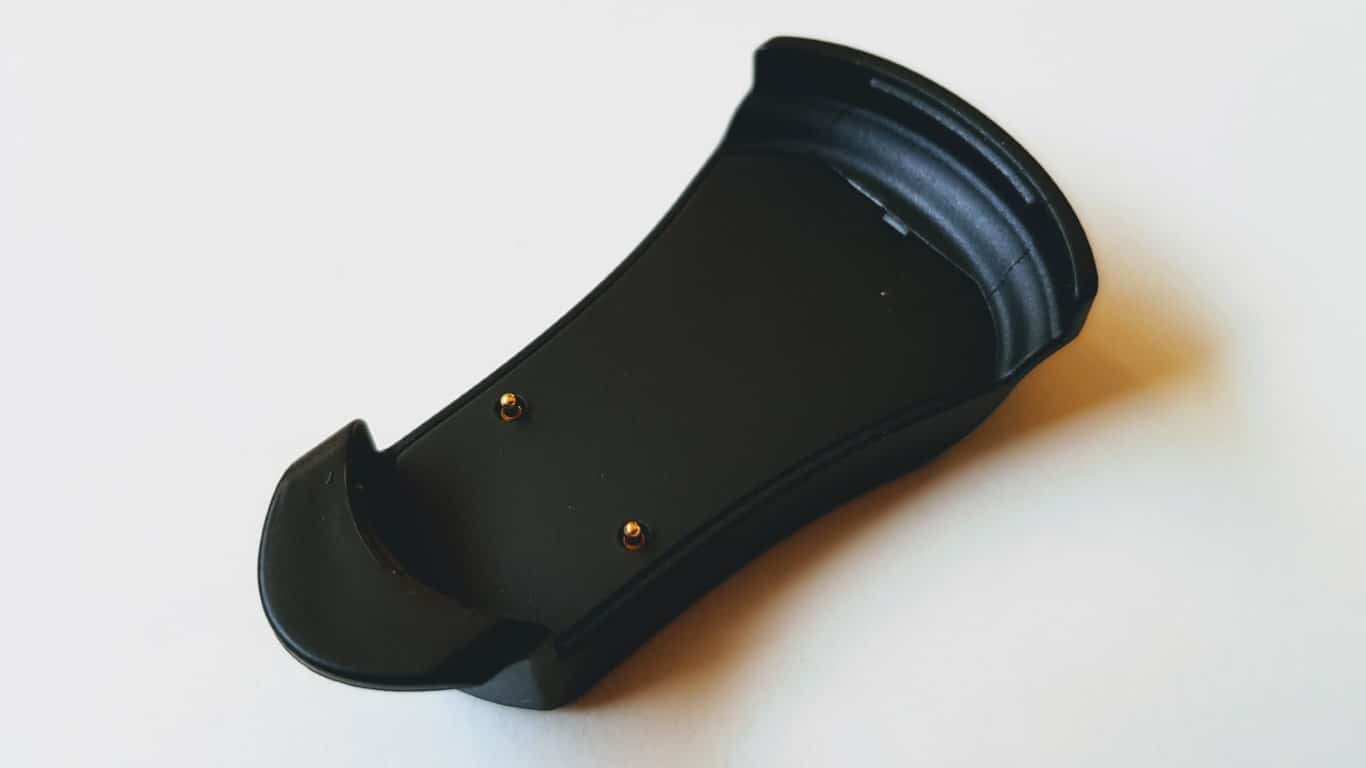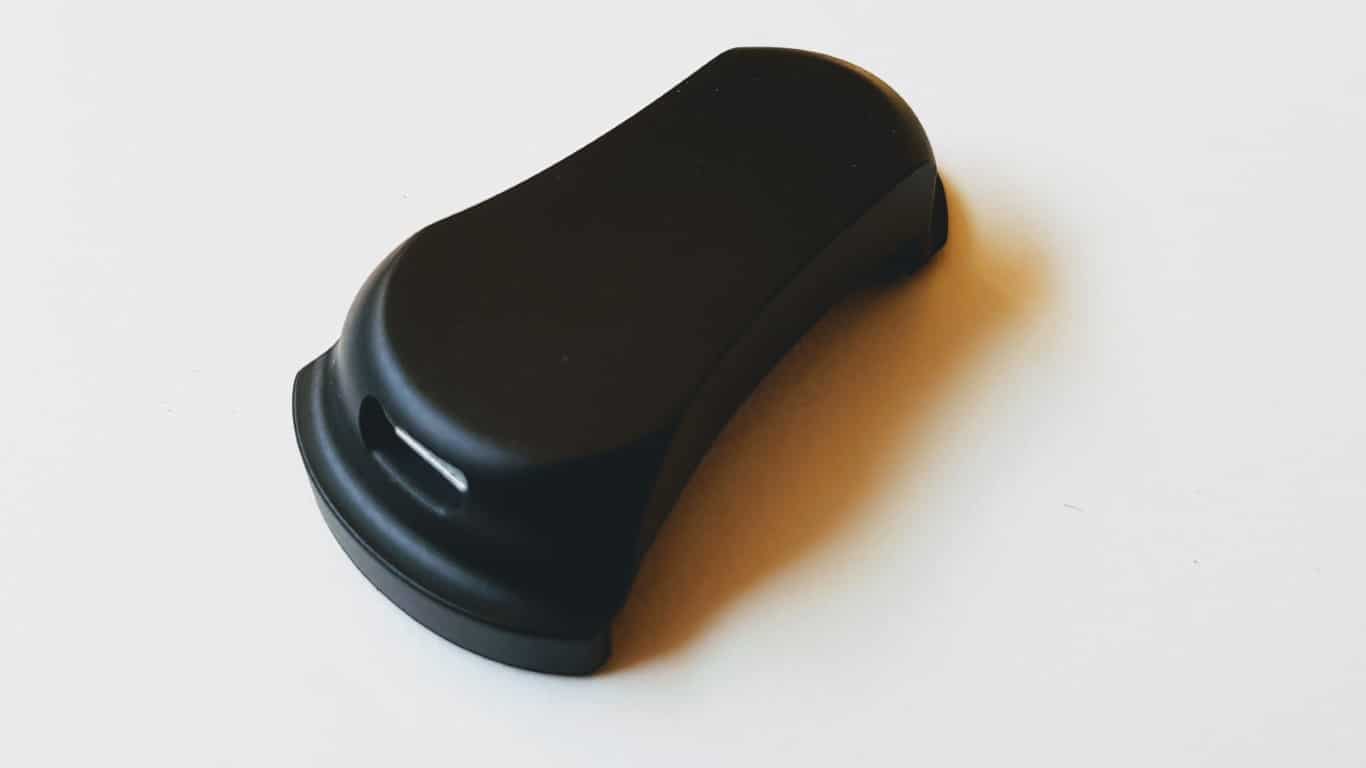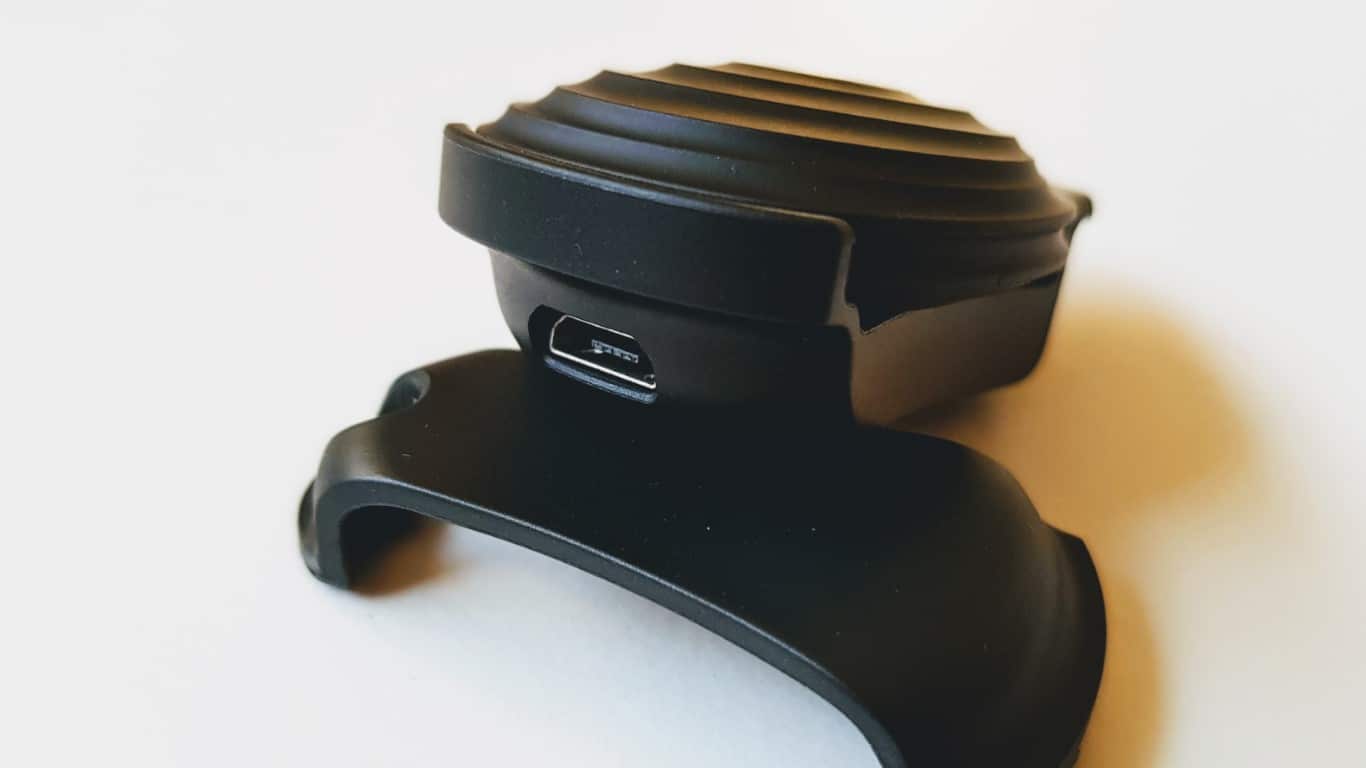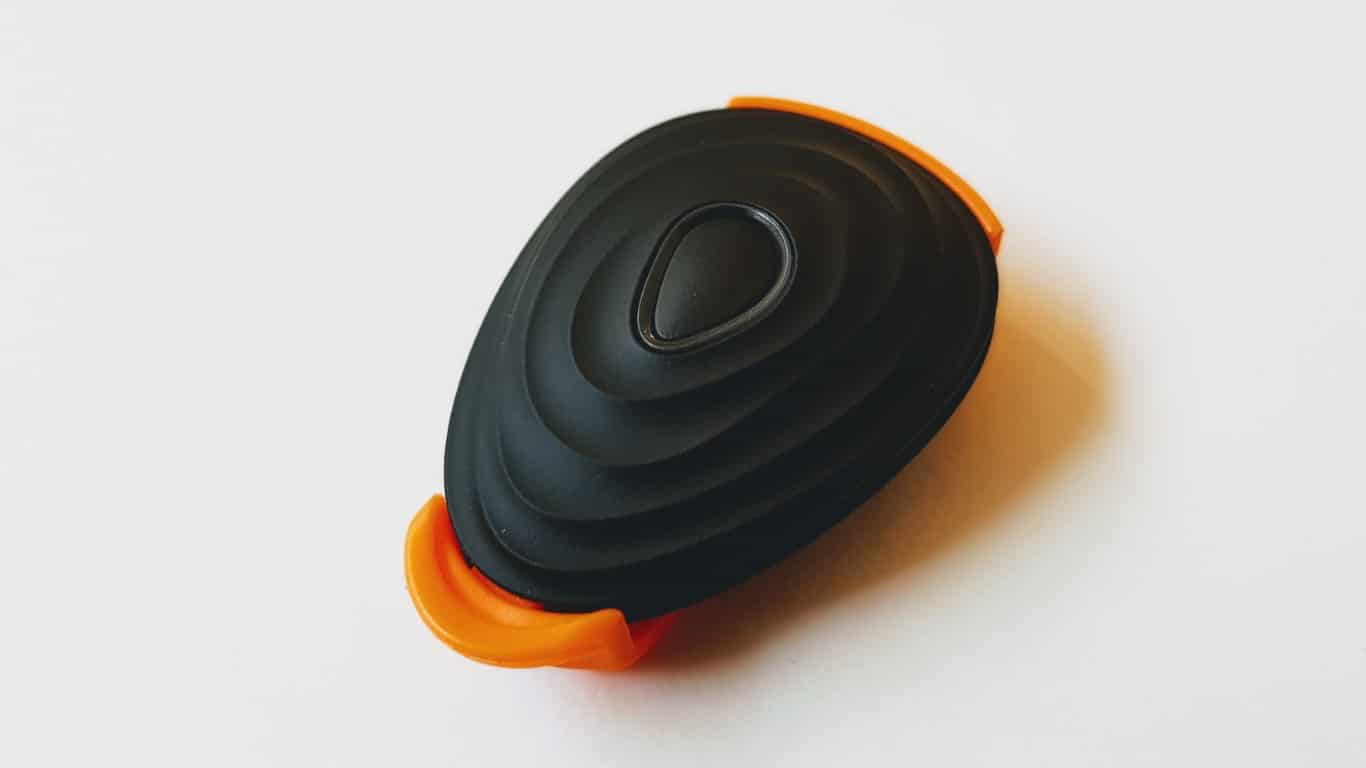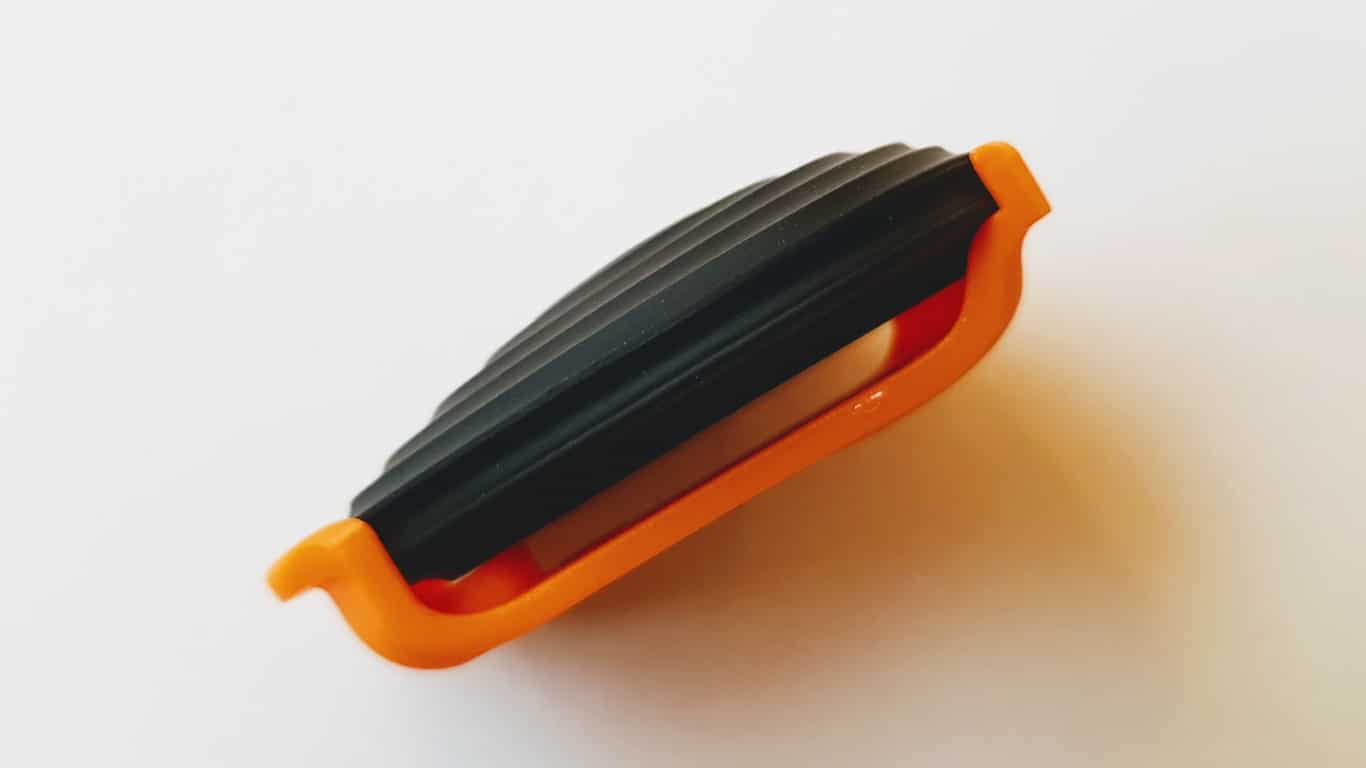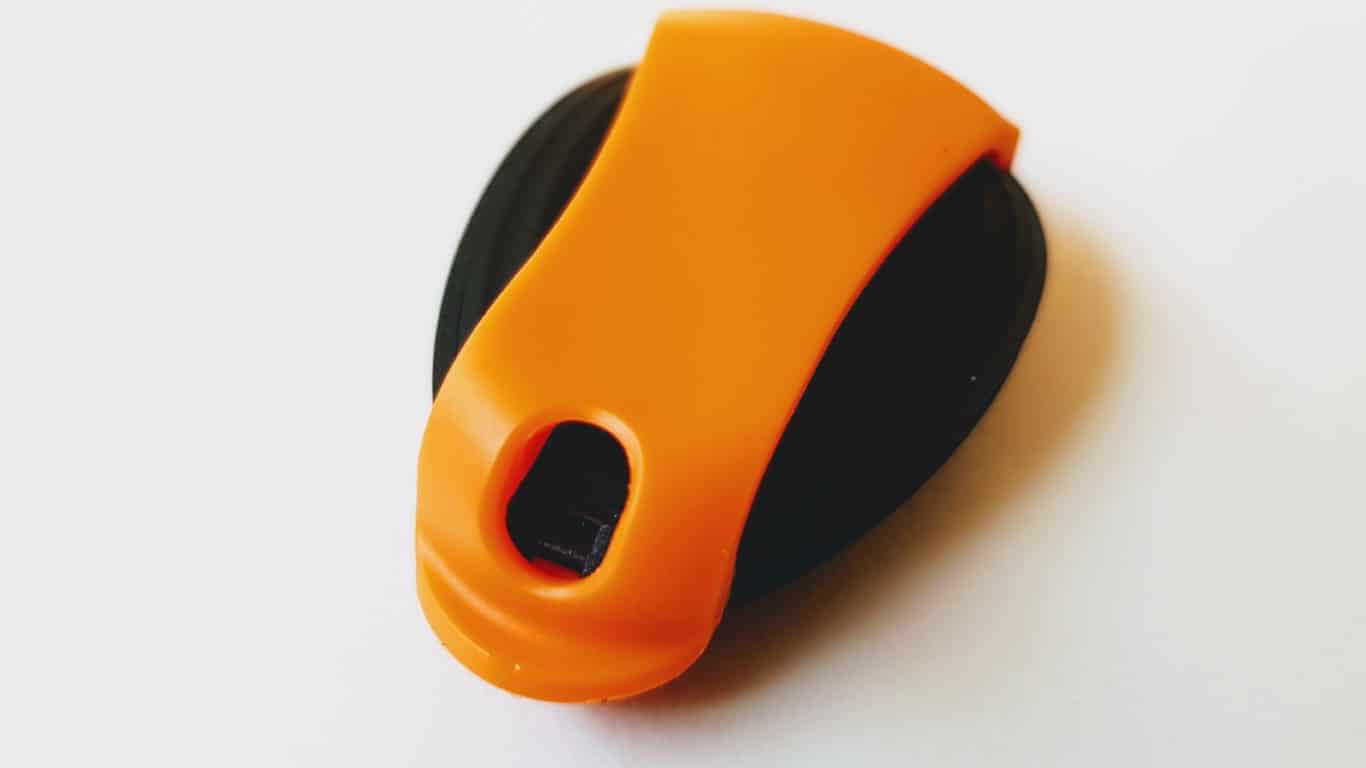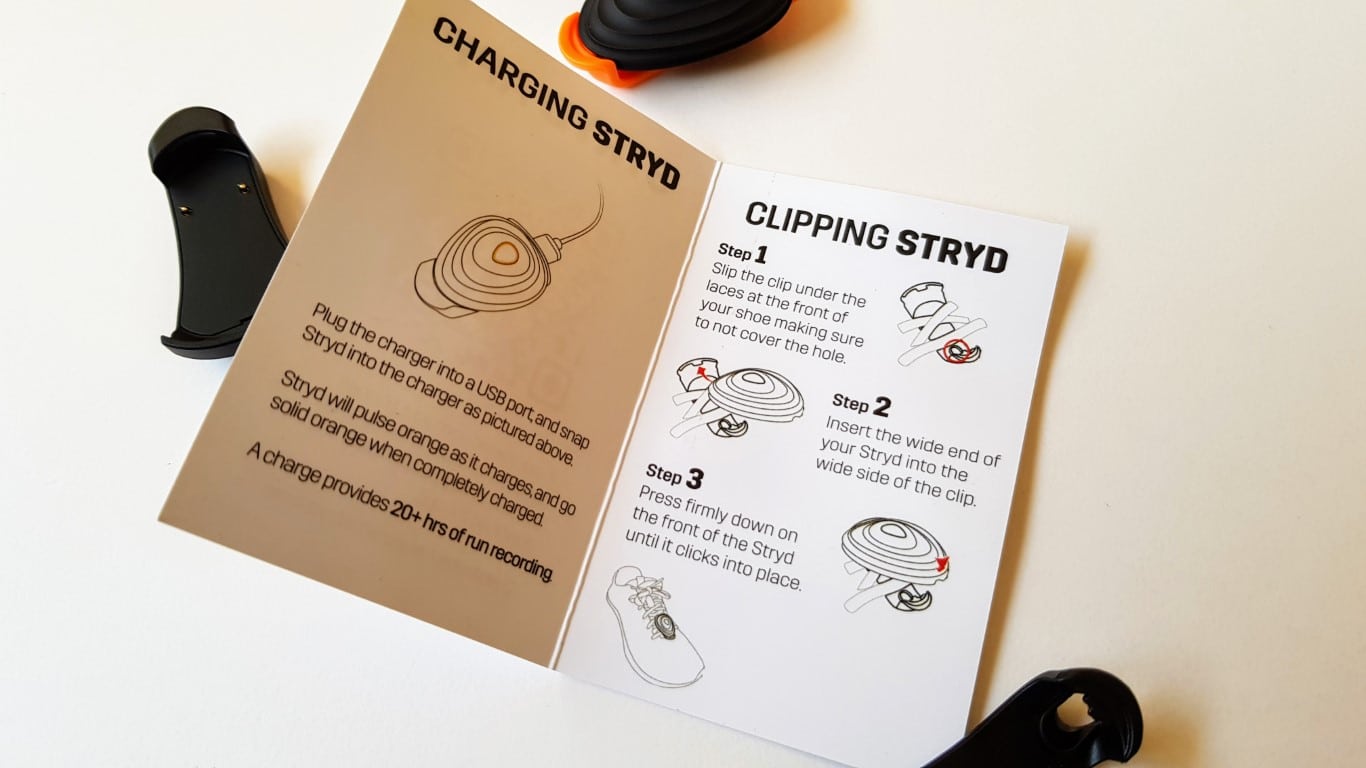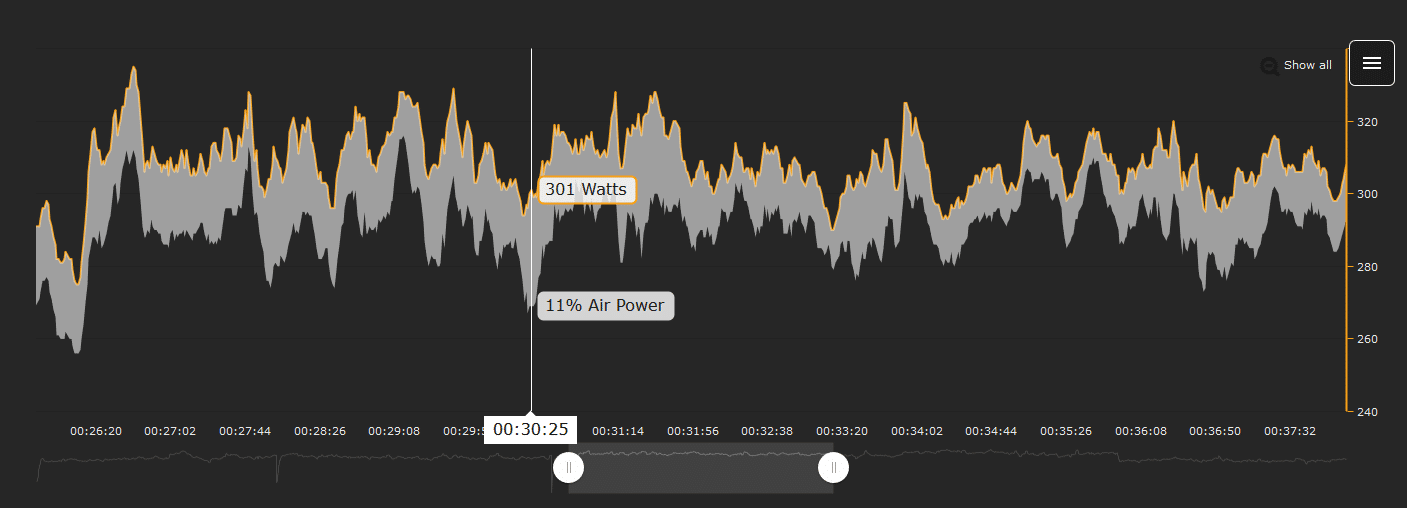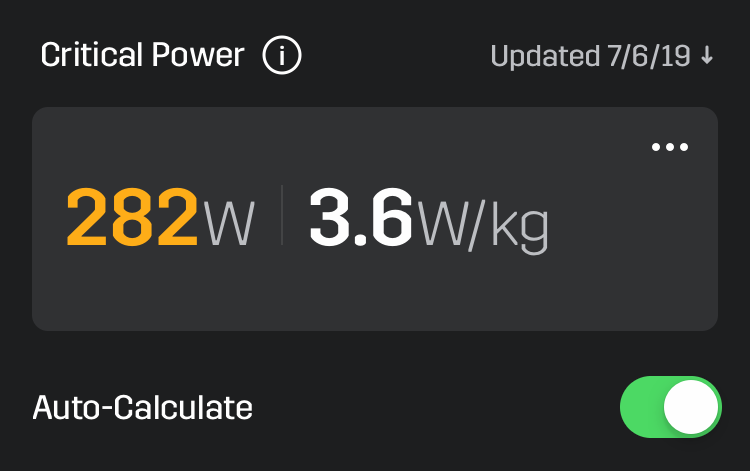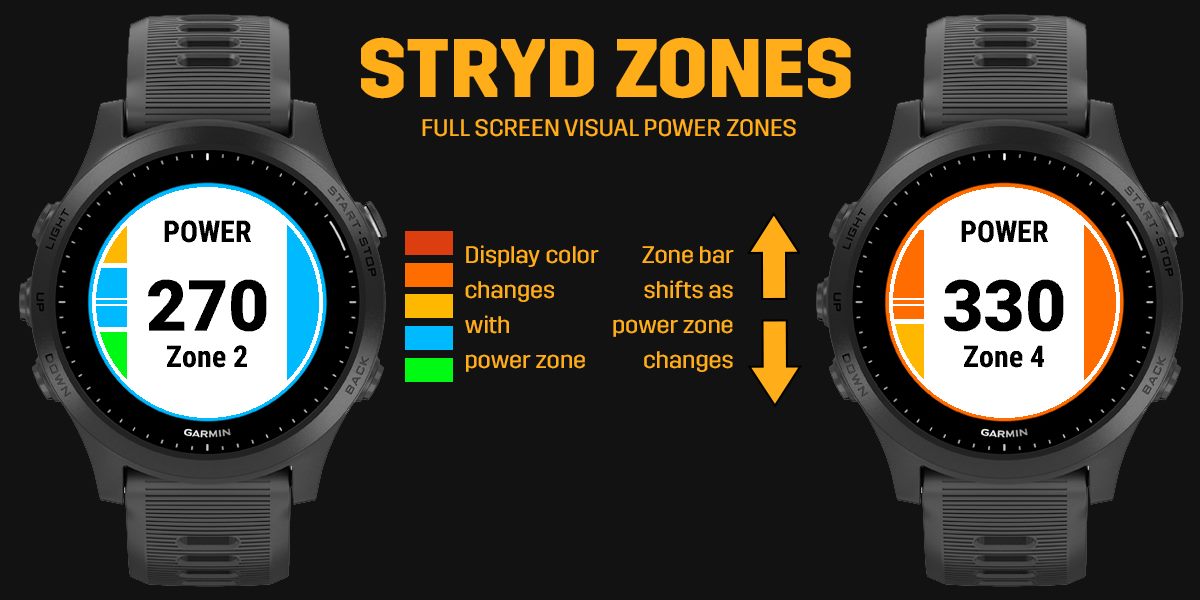Dieser Beitrag ist auch verfügbar auf: Deutsch
For four years now I have been running with STRYD. I was one of the first users of the Stryd Pioneer (chest strap) and then the Stryd Summit (footpod). The Stryd Wind is the third and newest version of the first power meter for runners.
Sponsored Post: Stryd provided me with the products for this review at my request. This had no influence on the content of my post. The article is written indipendently and reflects exclusively my personal experiences.
ReviewStryd Wind
[php snippet=1]First impressions
What is immediately noticeable when unpacking: the packaging has become considerably smaller. This is of course due to the fact that the charging technology has been changed and there is no longer any need to include an inductive charging station. What was so fancy “back then” has not really proven itself in practice. The new charging clip with USB connection is a very welcome update.
At first sight nothing has changed at the Stryd – except for a small additional hole. If you take a closer look at the two clamps supplied, you will notice that they have been modified to allow air to reach this hole. This is because of the new technique for detecting the wind – the new function of the Footpod.
Supposedly, the fastening itself has also been optimized, after the number of cases has increased where the Stryd could no longer be securely fastened to the shoe due to a break of the retaining lugs. But the system is basically the same: the footpod is first inserted at the back via a wide groove and then fixated at the front.
Running Experience
Neither the unpacking, nor the connection with smartphone and GPS watch was particularly exciting, because basically nothing has changed – except for the fact that Stryd Wind now includes exactly that in its power measurement. After the algorithms for uphill, downhill and power waking had been optimized, this was the only significant factor that could not be taken into account without hardware changes. The effect is obvious: with (strong) tailwind it runs easier, in headwind you need more energy. Exactly this influence is now shown as “Air Power” by the Stryd Wind.
Until now, besides power itself you could also view, for example, the “Form Power“. In other words the part of the power value that is applied for the vertical movement of the body. The “Air Power” is also already contained in the power value transmitted to the watch and can be read out (later) via the charts in the Stryd Powercenter. It can then be determined what percentage of the power value is represented by the “Air Power“. And this of course is also the big question: is it worth the effort at all? Does it make sense to switch to Stryd Wind if you already run with Stryd Summit V2?
In a direct comparison of the two footpods, it is evident that if you subtract the “air power” from the power value in Stryd Wind, you get exactly the same values as the Summit. Again: both Footpods deliver exactly the same results (indoors). Except that in the wind version the “Air Power” is added. And of course, this parameter varies from run to run and even within a run, so that its significance cannot be assessed in a generalized way.
In my case, the air power values can rise by up to 10 percent within a run. I haven’t observed stronger rashes yet, but there were no really stormy days. In average, the effect fluctuates between 1-3 percent.
Developments at Stryd
I would like to take this opportunity to briefly point out that Stryd as a platform has also evolved significantly since my last reports. Initially, a test run according to protocol was necessary to determine your Critical Power. In the meantime this value is determined automatically from the training data and in my experience it corresponds very well with values I get via WKO5 or XERT. But for this, the system has to be fed with maximum performances over e.g. one, ten and forty minutes.
For the data fields on Garmin watches, Stryd is currently switching to the new “Stryd Zones Field“. This is a more flexible way to display either just the power value or (when used full screen) multiple power metrics plus a graphical representation of the zones. These are also always updated via the Auto-CP value.
A feature of the data field also is a (really annoying) alarm if the Footpod falls off the shoe during a run. As said before: the attachment is the Achilles heel of the small device. But with the alarm you will surely notice it within 2-3 steps. That’s if that should really happen. It happened to me exactly once within four years and with three different footpods. So you don’t have to be very dramatic about it. But the alarm is a very satisfying feature for an investment of more than 200 Euro.
A separate Running Stress Score RSS has also been introduced, which represents the total load of a run. By comparing the RSS of the last 42 days with that of the last 7 days, Stryd also calculates the Running Stress Balance in the app and thus provides information about fatigue or fitness. Ultimately, Stryd thus approaches what TrainingPeaks can achieve with his Performance Management Chart PMC or WKO5 via its Power Duration Curve PDC. At least when it comes to the absolute basics. Stryd is definitely on a very good way and will surely extend his platform even further (and very active!) in this direction.
